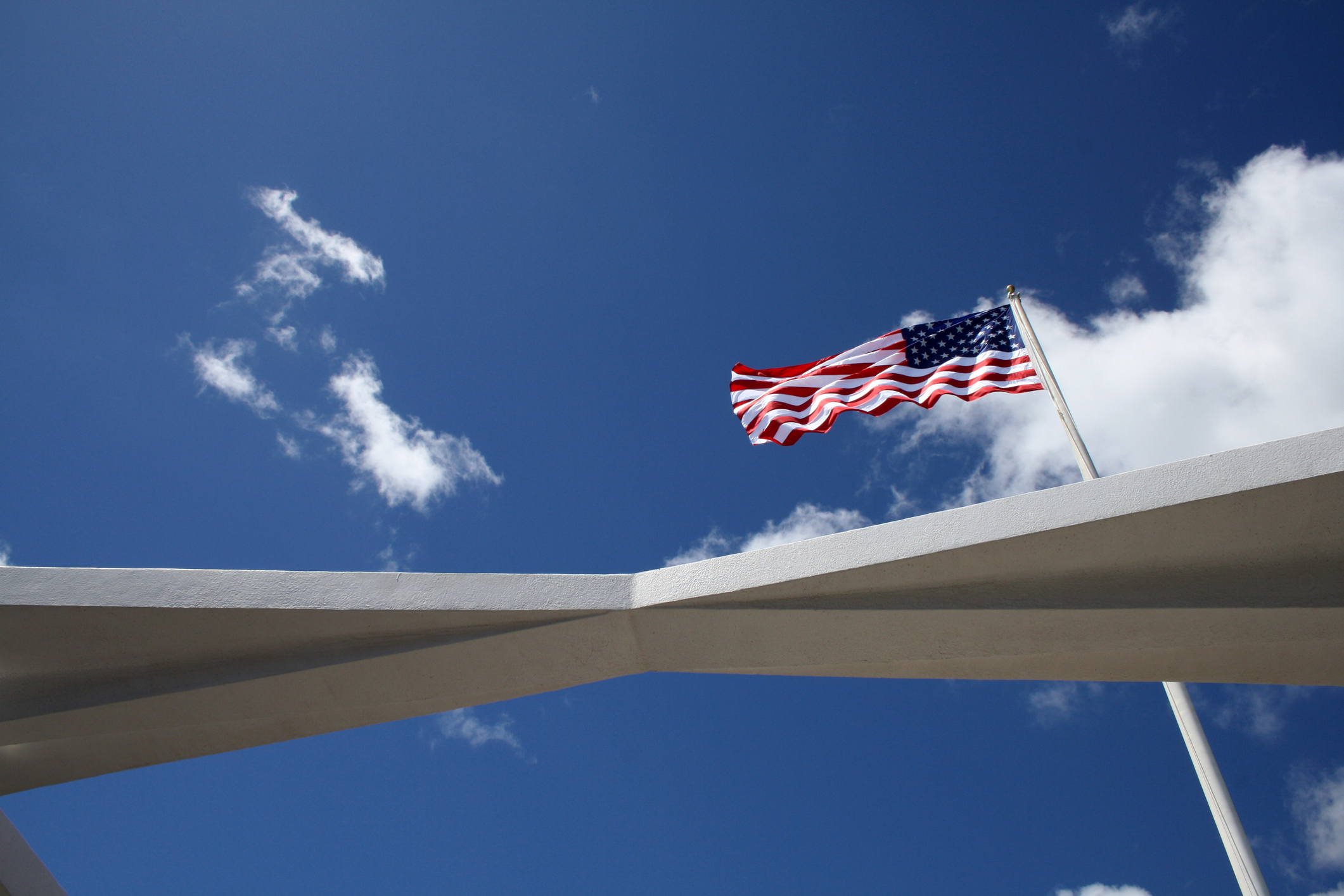Side street snow removal — or the lack of it — has been a political trick bag for Chicago mayors for decades, but Rahm Emanuel said Friday he just might have a way out of it: alternate-side-of-the-street parking.
Minutes after South Side Ald. Roderick Sawyer (6th) suggested the idea, Emanuel said he was already considering requiring motorists to move their cars from one side of the street to the other whenever heavy snow is forecast, the Sun-Times is reporting.
If the city can find a place in parking-starved neighborhoods where people can temporarily move their cars, that would allow snow-removal crews to plow residential streets all the way to the curb — and without having to worry about burying vehicles that homeowners have painstakingly dug out.
It could also put an end to Chicago’s time-honored “dibs” system, in which people lay claim to parking spaces they’ve shoveled out — using what the mayor calls “sweat equity” — by placing lawn chairs, old furniture and toys in the street.
“[Sawyer] is scratching an itch that I’m gonna scratch, too. I just don’t know how yet. That’s what makes this a great job. . . . We’re not stagnant. The grid system has worked, but now we’re gonna go on to other things,” the mayor told the Chicago Sun-Times.
“We do it for street sweeps in the spring. Can we use the same concept that, when it’s north of 10 [inches], we’re gonna give you times when you pull the cars out? We’ll plow curb-to-curb and get it done. People are gonna say, ‘Where am I gonna park?’ That’s a legitimate thing. That’s what these people will figure out.”
Sawyer wants to declare what he calls a “catastrophic snow event” whenever the forecast calls for 10 inches of snow or more. When the alarm is sounded, drivers wouldn’t be able to park on the north or west side of residential streets until the end of the day after the first 24 hours of the storm.
Local
The next day, they wouldn’t be able to park on the south or east side of residential streets.
Booting would be suspended for the duration of the snow emergency. Vehicles left behind after alternate-side-of-the-street parking is imposed would be towed to a nearby location, just as the city does now during any street emergency.
Sawyer acknowledged Friday that Chicago motorists would be somewhat inconvenienced by having to move their vehicles from one side of the street to the other.
But that pales by comparison to the headache caused by having to dig out their cars three or four times, he said.
“When the snowplows make their second or third pass, it covers people’s cars with snow. If they dug out once, they have to do it all over again,” Sawyer said.
“If we had one side of the street vacant, they could plow from the middle of the street to the curb, then let people move to the other side. We wouldn’t have to put chairs out in the street for dibs. There would be fewer fights between residents. They might not be happy with having to move their cars. But they won’t be as teed off as they are now by being stuck.”
Emanuel said Buildings Commissioner Felicia Davis suggested the idea to him and he passed it along to the head of snow command to study after the blizzard cleanup is over.
“All the main streets were passable, but you got to the side streets and it was like, you’ve got to be kidding me. It was so dramatic. Then Tuesday, while they were making progress, it wasn’t visibly like the mains, and when they did come, they made parking on residential streets harder — not easier. If you could get your car out, the street was better, but you’ve got to get your car out,” the mayor said.
Emanuel pointed to the changes he made after the Groundhog Day blizzard of 2011 that shut down Lake Shore Drive and stranded hundreds of motorists and CTA buses for hours.
The fiasco occurred in the waning months of former Mayor Richard M. Daley’s administration and produced embarrassing photographs seen around the world.
“In 2011, we learned something, and there’s a cut now in Lake Shore Drive. We studied it. We did it. The new normal is the abnormal. We’ve had a second blizzard of abnormal proportions in four years. What did we learn? What can we do better? Here’s a new idea for side streets,” the mayor said.
“After a resident has worked hard clearing out their parking space, we’re shoving snow back at what they just shoveled. The question is, can we get them their parking space and clean the street? When we’re doing the side streets, you’ve got to get the cars off here and we’ll tell you the time. We’ll put the signs up just like a street sweep. They’re looking at it. Maybe we can try it out in a couple of aldermanic wards next time and let’s see how that works.”
When the snow kept on coming on Super Bowl Sunday, Emanuel said he couldn’t help but think about the Blizzard of ’79 that buried then-Mayor Michael Bilandic.
After carrying on his tradition of visiting local churches, he made it home, changed clothes and hustled down to the 911 center, where he told his staff, “This is game day. That [Super Bowl] is over. This is game time. Everybody had better get their s— together.”
Although frustration has been building all week among aldermen and their constituents about the condition of the side streets, Emanuel argued that city employees did “valiant work.”
“The city never came anywhere close to shutting down public transportation like New York. Never came close to Lake Shore Drive. And never came close to Atlanta. And we faced 19.4 inches in 26 hours. It’s a heroic effort by all the public employees and all the residents,” the mayor said.
“But there are things you can do better. We’ve got more things to do. We’re not done.”
Side-street snow removal has bedeviled Chicago mayors for decades.
In 1999, then-Mayor Richard M. Daley tried to privatize it, only to find that only one private contractor was willing to perform the service citywide.
The dismal response to the city’s request-for-proposals — and almost universal opposition from aldermen fearful of losing control over a service that can make or break a Chicago alderman — prompted Daley to drop the idea like the political hot potato that it was.



